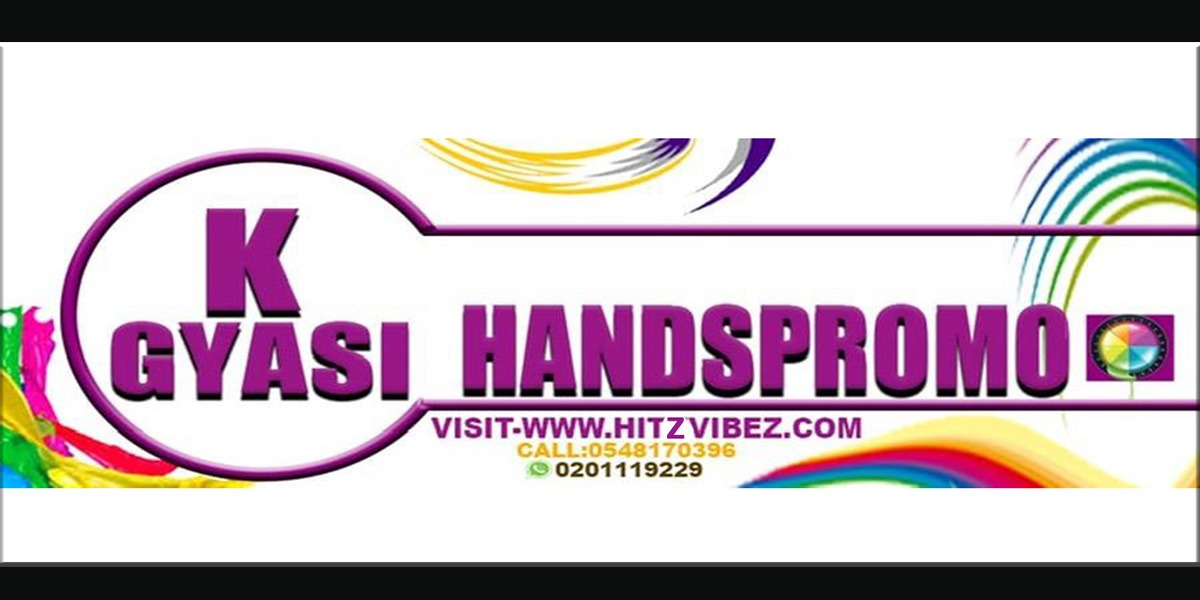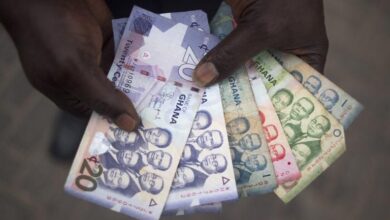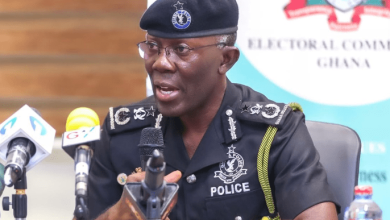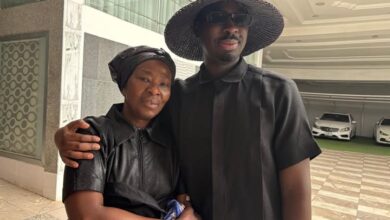A Colorful Blend of Tradition and Culture
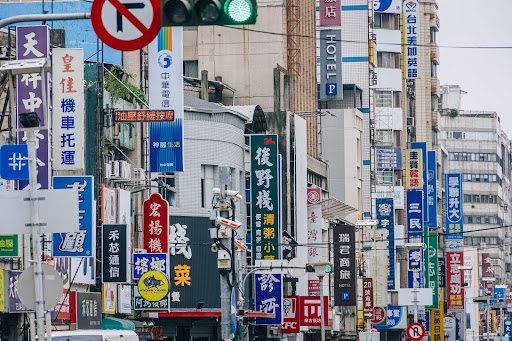
Taiwan language, like any other language in the world, is shaped by strong cultural influences. Taiwan is a lively crossroads of cultures that has been shaped by centuries of migration, colonization, and globalization, and is one of the East Asian countries with a distinctive history of mass migration. Language shapes the culture of a society; to understand a countryŌĆÖs culture, the closest you can learn is through its language, as language is a tool of communication that verbally expresses a culture. If you are a traveller to Taiwan or an expat, or a Business professional, understanding the language is essential for anyone hoping to experience the island at its heart. Learning a few words can come in handy with the help of modern technologies; two people with different languages can easily communicate with each other using modern technologies in the era of innovation. The oxygen for these modern technologies is connectivity; the better the connectivity, the more they work efficiently. ESIMWORLD.net provides seamless connectivity that can be the oxygen for your translation device while you travel. Taiwan, like any other country that experienced colonization, has different languages; a kid in Taiwan has to speak Mandarin Chinese at school, Taiwanese Hokkien at home, and Hakka while talking with their grandparents, making the languages of Taiwan all the more interesting.┬Ā┬Ā
Mandarin Chinese ŌĆō The Official Language of Taiwan
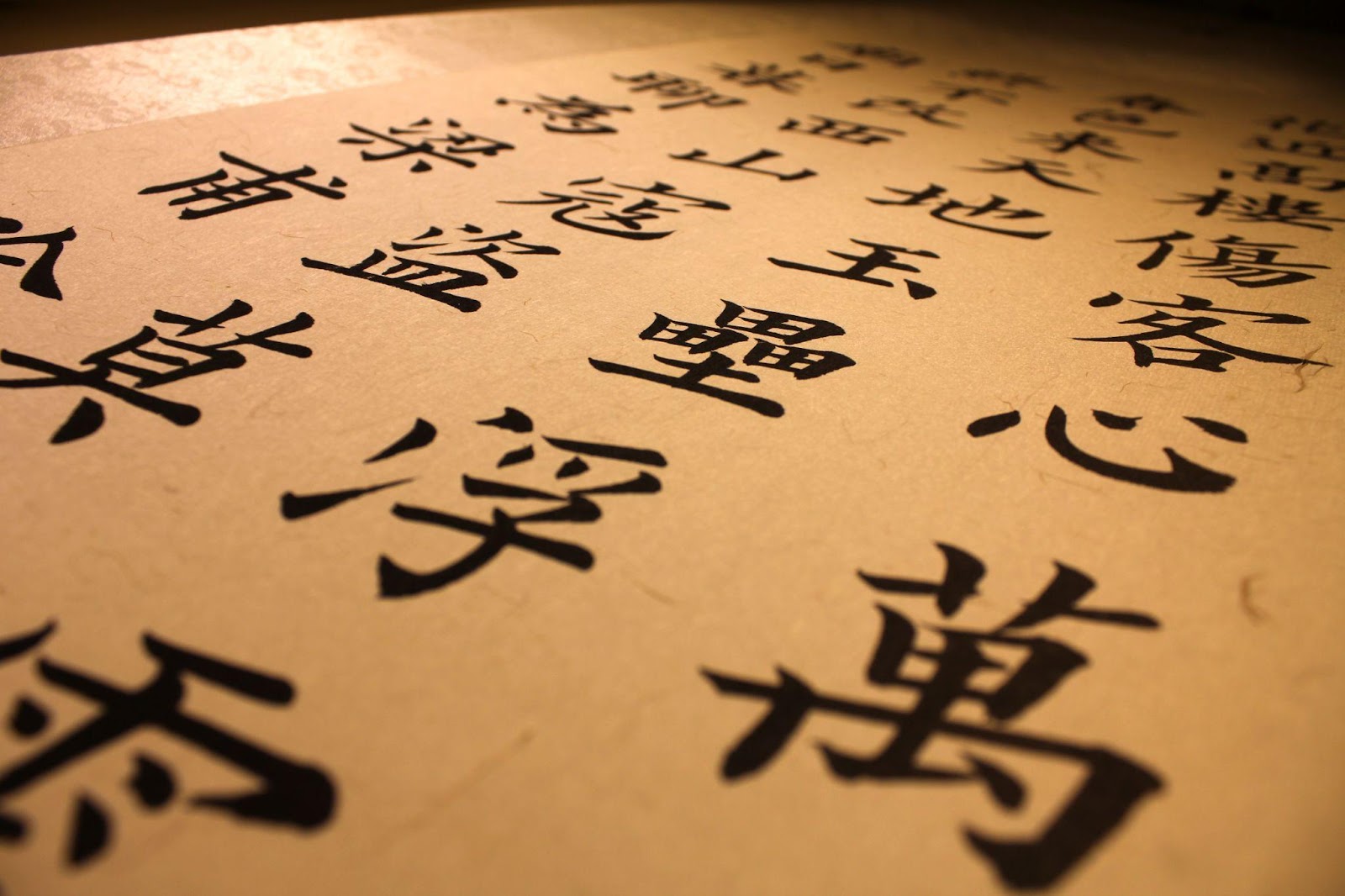
Status of the Language: Official┬Ā
Mandarin Chinese, or Gu├│yŪö (Õ£ŗĶ¬×), is the official language of Taiwan. It became the most common language after 1945. Mandarin is TaiwanŌĆÖs official language because all government documents, policies, and public announcements are written and spoken in Mandarin. Mandarin is also the language of instruction in TaiwanŌĆÖs schools, and most of the media, like TV, radio, newspapers, and other content, are also in Mandarin. This makes Mandarin the official language of Taiwan. Some of the interesting facts about Mandarin used in Taiwan are that they use the traditional Chinese alphabet with more intricate characters and preserve the old and classical form of Chinese. Whereas countries like mainland China, Singapore, and Malaysia use simplified Chinese characters with fewer strokes and a simpler structure. Some interesting facts about Mandarin used in China and Taiwan are that in Taiwan, traditional Chinese is retained, and itŌĆÖs more historical and visually complex. Some of the words and expression differs in vocabulary and meaning between these two scripts. For example, ŌĆ£bicycleŌĆØ is ŌĆ£Ķģ│ĶĖÅĶ╗ŖŌĆØ (jiŪÄot├Āch─ō) in Taiwan but ŌĆ£Ķć¬ĶĪīĶĮ”ŌĆØ (z├¼x├Łngch─ō) in Mainland China. It is to be noted that Mandarin is spoken in most of the urban centers like Taipei, Taichung, and Kaohsiung, and it is the default Taiwan language for public life.
Everyday Mandarin Phrases in Taiwan
| Phrase | Characters | Pinyin | Pronunciation Guide | Usage Notes |
| Hello | õĮĀÕźĮ | NŪÉ hŪÄo | Nee-how | Standard greeting |
| Thank you | Ķ¼ØĶ¼Ø | Xi├©xi├© | Shyeah-shyeah | Used in all situations |
Mandarin in Taiwan is the reflection of the islandŌĆÖs rich cultural mix. It is an important tool for anyone who wants to interact with Taiwanese society.┬Ā
Taiwanese Hokkien ŌĆō The Heart Language of Taiwan
Status of the Language: Not Official
Taiwanese Hokkien is often called Taiwanese, the heart language of Taiwan. Hokkien is spoken by more than 70% of the population at their homes, and the language thrives among local businesses and community gatherings. Hokkien is most commonly spoken in the southern part of Taiwan and among older generations, the language even today stands as the vital part of the Taiwanese culture.┬Ā
Cultural importance for Hokkien is deeply woven into the fabric of Taiwanese identity and culture. Cultural and performing arts show how Taiwanese Hokkien is integrated into the everyday lives of the Taiwanese. In regional channels, most of the TV shows, news are broadcast in Hokkien. Pop culture in Taiwan uses Hokkien, resonating with the audience, bending modern and traditional sounds. Traditional rituals, temple festivals, and family ceremonies are still conducted in Taiwanese Hoikken, making the language a truly heartfelt language of Taiwan. Some of the key differences between Mandarin and Hokkien are┬Ā
| Features | Taiwanses Hokkien | Mandarin Chinese |
| Tones | 7 or 8 tones, depending on dialect | 4 main tones |
| Vocabulary | Unique words and expressions | Standardized vocabulary |
| Grammar | Different sentence structures | More formalized grammar |
| Writing | No standardized written form; uses modified Chinese characters or romanization | Written in Chinese characters |
| Pronunciation | Distinct sounds and intonation | Standardized pronunciation |
- Tones: More than Mandarin, the tone of Hokkien is more complex and challenging for readers.┬Ā
- Vocabulary: There is no direct equivalent word in Mandarin for everyday words used in Hokkien.┬Ā
- Mutual intelligibility: Although they share the same Chinese roots, the two languages are not mutually intelligible.┬Ā
A common phrase for a friendly greeting
| Phrase | Characters | Romanization | Pronunciation Guide | Meaning |
| Li h├│ | õĮĀÕźĮ | L├Ł h├│ | Lee-ho | Hello |
ŌĆ£L├Ł h├│ŌĆØ is the most common way of saying hello in informal settings. It is often accompanied by a warm smile, and it will open doors for a more authentic experience,┬Ā personal and warmer welcome in Taiwan.┬Ā
Hakka Language ŌĆō The Voice of the Hakka People
Hakka people make up about 15-20% of the population in Taiwan, which is estimated to be about 4.6 million individuals. The Hakka settlements are spread all over Taiwan from North to South and from East to West, with especially strong concentrations in Hsinchu and Miaoli, where the language and culture are predominantly found.┬Ā
The Hakka language, despite its official status, has been experiencing a steady decline as the younger generation is not interested in the language. To address this issue Government of Taiwan is making various efforts as making the language that can be studied in schools and media programming┬Ā┬Ā┬Ā┬Ā
Hakka, a Taiwan language, features several dialects such as Sixian and Hailu, each with its own tonal system, making it difficult for first-time learners. Hakka cultural heritage boasts TaiwanŌĆÖs diverse culture, but there is a lack of distinctive Hakka festivals. However, traditions are celebrated through folk arts, traditional foods, and crafts, and also in local temples and community events. The Hakka culture and language stand as an important part of TaiwanŌĆÖs multicultural landscape.┬Ā┬Ā
How to get around as an English speaker?
For travellers and expats who speak English, it is generally manageable in TaiwanŌĆÖs urban cities, as most of the people will be able to speak English. For commuting, most of the signboards are written in English, and even the menus in restaurants are written in English for tourists.┬Ā
Challenges Locals Face in English Fluency
Despite all the government help, many Taiwanese struggle to speak English fluently due to test-focused learning, limited speaking ability, and cultural hesitations. Despite all these challenges, the younger generation is better at their English skills. The country is slowly adapting towards the English language, making English the fourth most spoken Taiwan language.┬Ā
English in Taiwan ŌĆō Global Communication
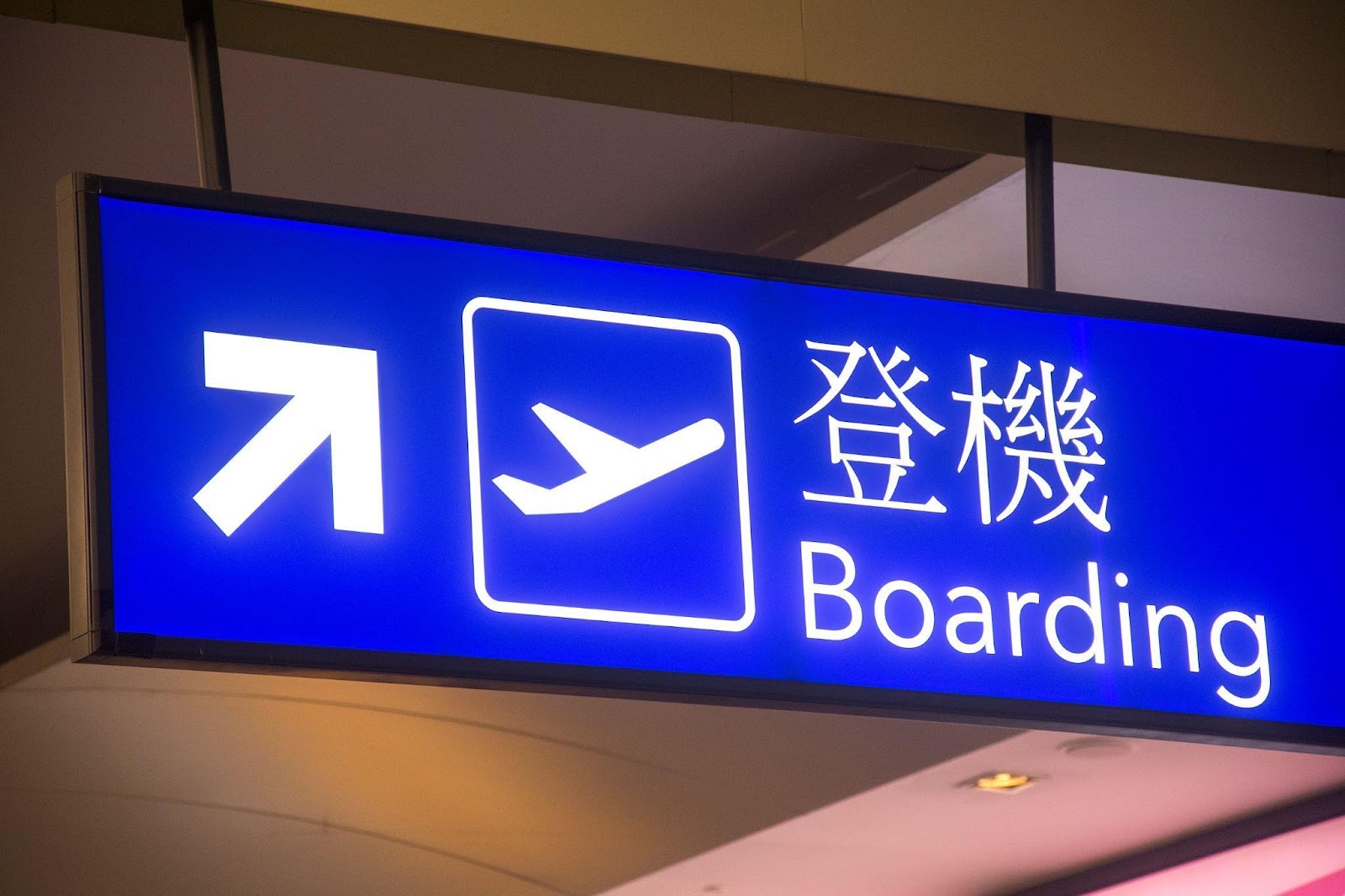
English, being the global language, is gaining greater importance in Taiwanese society. Among the global languages, English plays an important role in global communications. It is widely taught in schools starting from elementary school through university. In addition to education, English is used in the field of Tourism, Business, and academia. Many signs are in English for the ease of foreigners who travel to Taiwan. Academia is actively promoting the English language for research and global collaboration. Taiwan has made English its priority for its vision of the Bilingual Nation 2030 initiative in the year 2018. Taipei, Taoyuan, and Kaohsiung are leading their way for this initiative. With all these steps taken by the government, English has established itself as one of the language of Taiwan.┬Ā
Language and Identity in Taiwan
TaiwanŌĆÖs national identity is shaped by its languages, reflecting its rich heritage. Some of the ways the language has shaped the nationŌĆÖs identity and pride are as a symbol of cultural heritage and a social symbol, as the mastery of local languages other than Mandarin is often a marker of authenticity and solidarity with the local Taiwan community. Generational differences in language use are also to be noted, as the older generation is fluent in all the Taiwan languages, unlike Gen Z, who are primarily educated in Mandarin and English and are less familiar with the local Taiwan language. Language in Taiwan is a lively sign of who belongs, who leads, and what the island stands for. The shift from legacy languages to Mandarin over generations and the contemporary efforts to protect linguistic diversity are closely linked to larger discussions about TaiwanŌĆÖs role in the world, nationhood, and democracy.
Recap of TaiwanŌĆÖs diverse language landscape
Taiwan language is so diverse that it brings great color to the Taiwanese culture. From its lively local languages like Taiwanese Hokkien and Hakka, to the voices of history that still echo today, to the expanding use of English in worldwide communication. TaiwanŌĆÖs languages each tell a different story about the countryŌĆÖs wealth and variety. If you want to learn more about Taiwanese culture and language, it will be quite helpful to know a little bit about the countryŌĆÖs culture and language. If you are planning to visit Taiwan, you can stay connected by using ESIMTAIWAN.com for endless connectivity, thus helps you to use your translation device during your travel. TaiwanŌĆÖs diverse linguistic mosaic is a reflection of its changing identity as a country that values tradition, welcomes modernization, and cherishes the numerous voices that make its culture unique.
